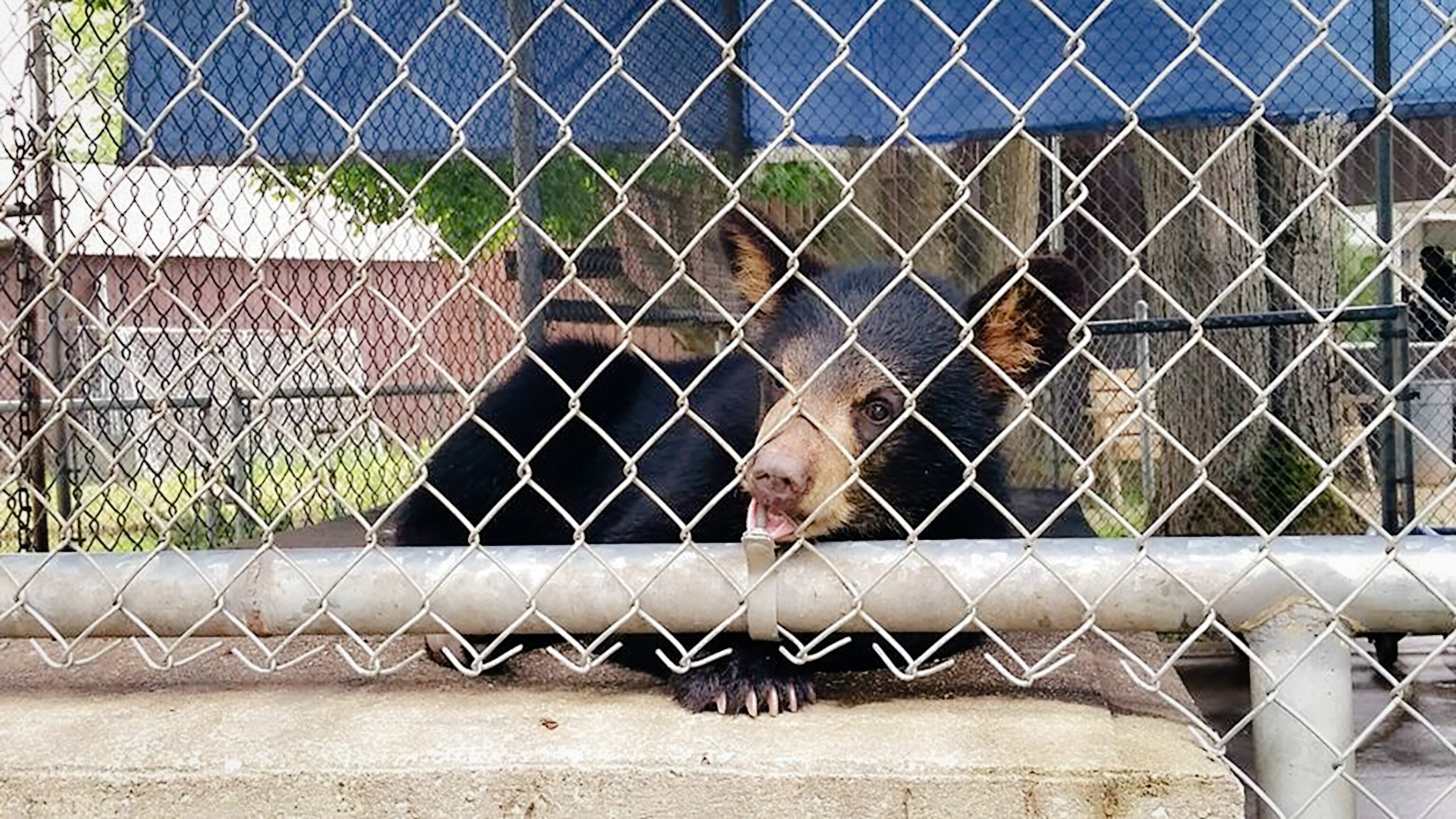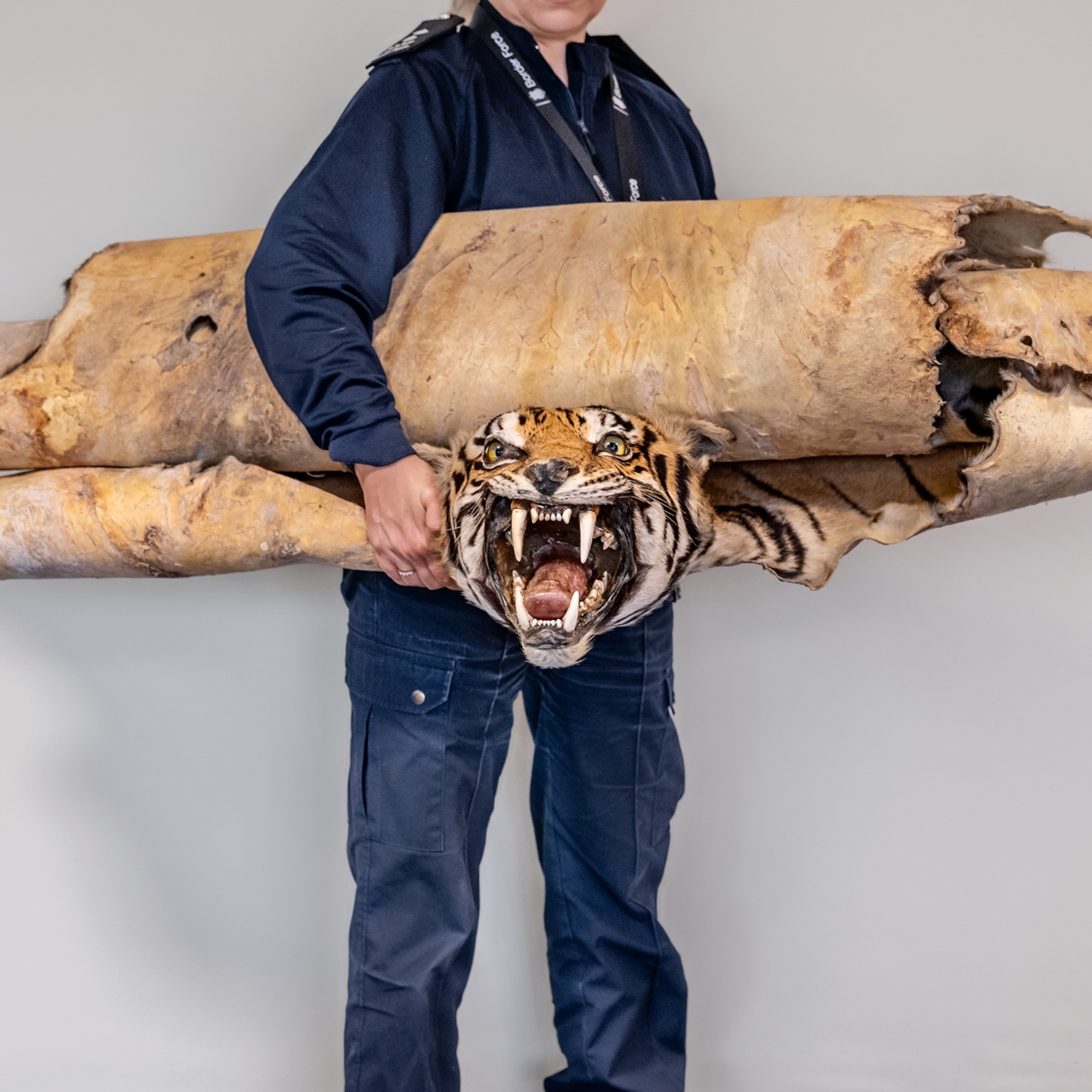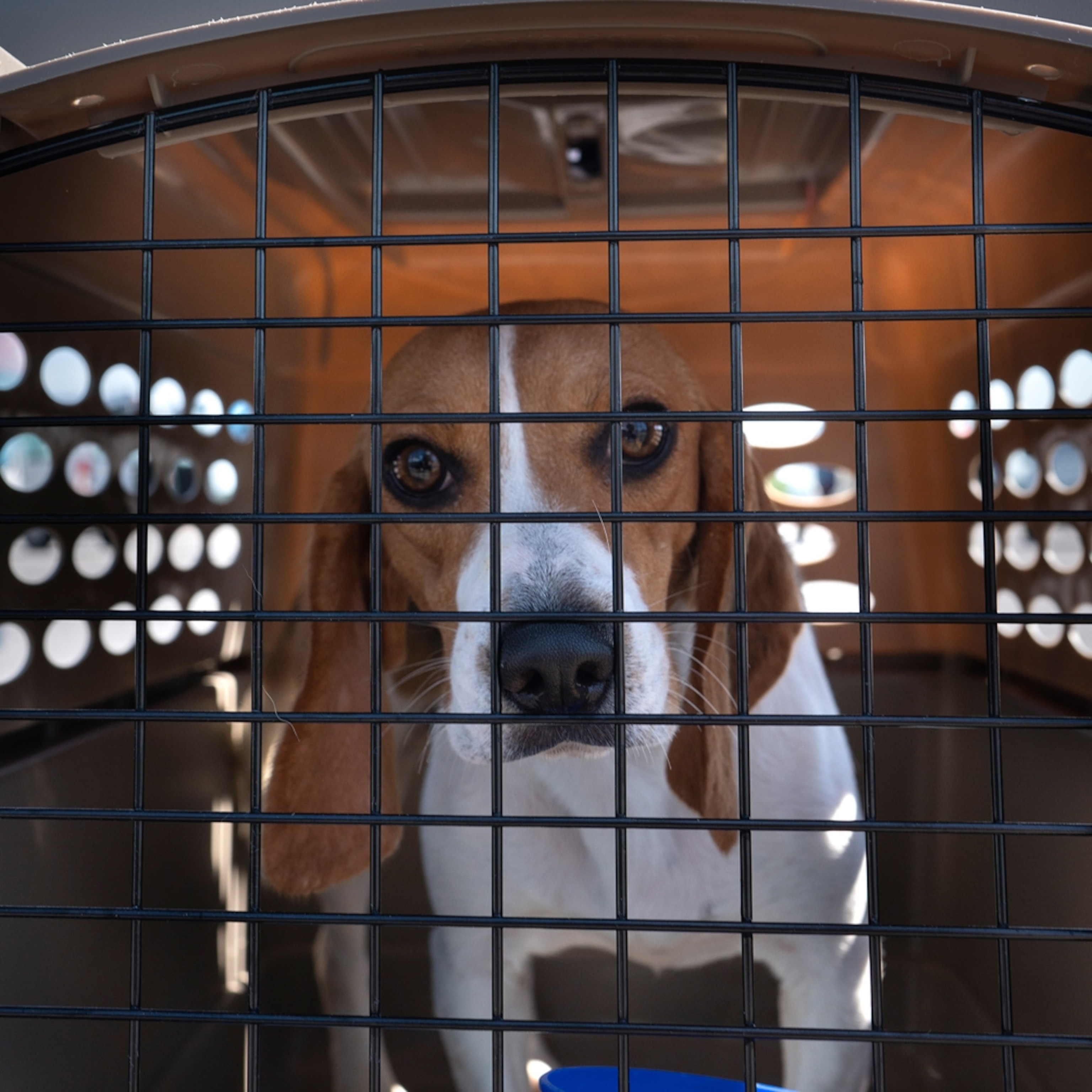
USDA must now publicly report all animal welfare violations
As ordered by Congress, the agency has ended a practice that allowed animal welfare inspectors to omit certain violations from public reports.
The U.S. Department of Agriculture now will cite all welfare violations in its animal facility inspection reports, the agency announced.
At animal facilities—such as dog breeding centers and roadside zoos—the USDA conducts routine inspections to ensure compliance with the Animal Welfare Act, which requires the humane treatment of animals used for research or exhibition. Violators can be fined or charged with animal cruelty.
For the last six years, however, the USDA has allowed a so-called “teachable moments” policy, wherein minor violations, such as record-keeping problems or lapses in cleanliness, were not documented in facilities’ public inspection reports.
For years, animal welfare advocates have criticized this policy for its lack of transparency. “It was impossible to get an accurate report of a licensed facility’s operations and their failures,” says Matt Rossell, a campaign manager at the Animal Legal Defense Fund. “Teachable moments hindered the proper and lawful care of animals.”
That policy is now kaput. Going forward, the USDA will now cite all welfare violations in its inspection reports, according to an announcement from the agency’s Animal Care program Deputy Administrator Betty Goldentyer. The reports appear publicly on the USDA website.
“This is good news for animals,” Rossell says.
A spokesperson for the USDA declined to answer questions about the announcement, but Goldentyer said in a statement that “the humane treatment of animals has always been [our] top priority, and we use all available options to carry out this goal.”
Misleading omissions?
The USDA introduced its teachable moments policy in 2016, saying in the announcement that it would allow inspectors and facilities to “work together” to promote Animal Welfare Act compliance. “We see teachable moments as an educational approach,” the bulletin read.
From 2016 to 2020, teachable moments were only accessible via public records requests, which were often heavily redacted and took years to process. In 2020, as directed by Congress, the USDA began posting teachable moments separately online, but they were still not listed in inspection reports, meaning a facility could have numerous minor violations but still boast a clean inspection record.
In its 2022 appropriations bill, Congress intervened, directing the USDA to include all noncompliances in its public inspection reports, at the urging of animal welfare advocates. The USDA complied, officially ending its teachable moments policy on August 1.
The violations that went unreported under the teachable moments policy were supposed to be minor—they could not be so severe that they were “adversely impacting the health or well-being of an animal,” according to the USDA’s animal care inspection guide.
But the USDA allowed some serious infractions to go unreported, animal advocates say. At a Michigan facility named Oswald’s Bear Ranch, for example, a worker was seen transporting bear cubs in a covered plastic bin in a March 18 video posted to its Instagram account. A month later, inspectors issued a teachable moment for improper ventilation, even though the USDA’s animal care guidelines explicitly require inspectors to cite facilities for ventilation issues.
“That’s just one recent example of a laundry list of examples of the USDA having failed to follow its own protocols,” says Brittany Peet, the PETA Foundation’s deputy general counsel for captive animal law enforcement.
Though publicly the USDA maintained the purpose of teachable moments was to encourage compliance, Peet believes the agency held a pro-business attitude that catered to animal facilities. The teachable moments policy was “systematically designed to mislead the public as to the rates of Animal Welfare Act compliance,” she says. “We were all being lied to by the USDA.”
She cited a 2015 industry meeting for dog breeders, where USDA officials announced the teachable moments policy as a “response to complaints from breeders” about laws that restricted purchases from facilities with welfare violations. Similarly, in a March 2019 meeting with PETA, Peet says then Animal Care Deputy Administrator Bernadette Juarez acknowledged the purpose of teachable moments was to shield regulated facilities from “disparagement.”
The USDA has historically referred to animal facilities as their "customers," which “shows a cozy relationship that is really problematic,” Rossell says. (Read more about the USDA’s alleged tendency to overlook animal welfare violations in favor of business interests.)
The implementation of teachable moments correlates with a drop in the USDA’s Animal Welfare Act enforcement, records show. Within two years of the policy’s introduction, welfare citations dropped 60 percent, according to a 2019 letter signed by 174 members of Congress. Between 2015 and 2020, enforcement actions brought against licensed animal facilities fell by 90 percent, according to a PETA assessment.
This drop in citations “doesn't represent a change in care, it represents a change in reporting,” Rossell says. “Watchdog organizations like ourselves depend on these inspection reports and other public documents to be able to know what's happening to the animals of these facilities.”
Maintaining discretion
The Association of Zoos and Aquariums, a nonprofit zoo accrediting body, supports increased transparency, but Dan Ashe, the organization’s president and CEO, says he hopes this decision won’t send the “unintended message that discretion isn’t appropriate.” Inspectors “need to have the latitude to make some judgments” about whether certain violations really warrant a citation, Ashe says.
“USDA inspectors, at some level, need to be trusted to make a decision, like you would hope a local police officer would,” Ashe says. “If I have a taillight out, or I rolled through a stop sign, or something like that, we all hope that law enforcement officers will … use that occasion as a way to kind of say, ‘Okay, don't do it again.’”
Regardless, going forward, violations will be found online in animal welfare inspection reports, and facilities with even minor violations will no longer be able to point to clean inspection records as indicators of welfare.
After years of criticism, Peet says, it’s regrettable that Congress had to intervene to end the USDA policy, instead of the agency making the change on its own. Regardless, she sees this development as a win for animals.
“One of the main ways that the USDA was [evading] enforcement has now been stripped out of its toolkit,” she says.








